After a few months of getting family members addicted to my Zobo, my friend M came round one Sunday. All excited to serve a Hausa person my version, I poured her a cup. I wanted her thoughts on my combination of zobo calyxes, ginger, cloves, and sweetener (some people add pineapple skins).
She tasted and smiled and turned her head, puzzled.
‘Did you use ginger?’
‘Yes I did, lots’
‘What kind?’
‘Fresh now’
‘Ah, no’, with a smile. ‘That’s not what we use in the north, we only use dried ginger.’
‘Dried ginger. Like ginger powder?’
No, like fresh ginger just sliced and dried, not powder.
Okay, I’ll look for it and try
And so it was I went to market and surprise, surprise, I found some.
The difference in the versions before and after?
You smell, taste and feel the ginger. What I mean?
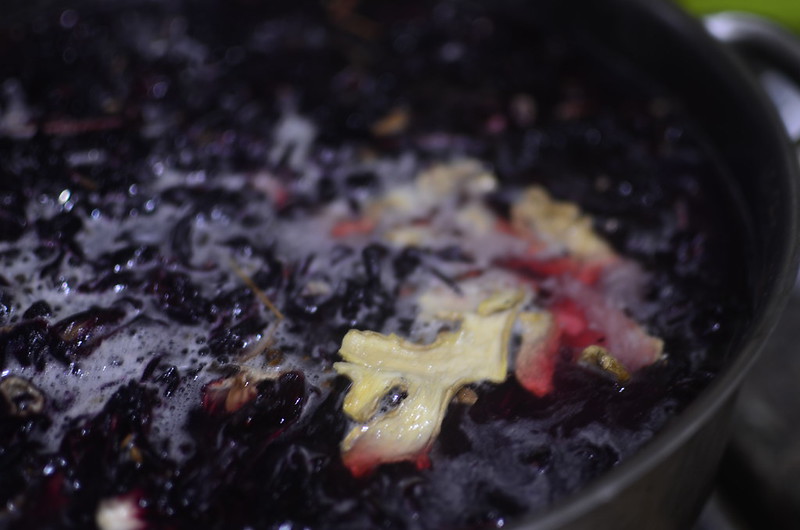
Like portion for like, dried ginger has a deep flavour and taste that lingers compared with fresh.
Most of all, there’s a warmth from the dried ginger that hits you in the back of your throat, coursing through your veins :). You’ll find dried ginger at Hausa markets or Spice ‘barrows around Lagos.
I’ve done uncountable experiments with Zobo and I’ve learnt a few things.
Ratios
The ratio of calyxes (what we typically call flowers which aren’t the petals – but are the sepals) to water is key. I use 1 cup of calyxes for 2 litres of water.
Prep – clean & wash calyxes
I find my zobo calyxes quite sandy. To overcome this issue, I shake the calyxes in a bag or cloth so the sand gathers at the bottom. Then I wash.
I know, your heart will break when you see the colour seep from flower to water. You’ll wonder how ever, if ever you’ll get a rich drink. Worry not, you will.
What I do is have a few bowls with water. I take the same approach as I do with my leafy greens. I put calyxes in a bowl, swish the calyxes around then lift them up and out. The sand, and sometimes stones pool at the bottom. I lift out as much as I can and then I drain the last bits in a sieve, being careful not to pour the pooled sand. I rinse the portion in the sieve with some water, add it to the bulk of the calyxes and repeat the entire process two or three times.
Soaking
Once clean, I soak the calyxes in clean water. The same water I’ll brew/ infuse them with. I find the flavour and richness of the calyxes improves considerably with an overnight soak. As can be expected.
Flavouring
Cloves and dried ginger are my go-tos. They are considered ‘Kayan Kanshi‘, in Hausa/ the Arewa Kitchen – things that smell nice. Because of how flavourful dried ginger is, I don’t discard it after the first use. I remove and store in the deep freezer and reuse till the flavour dulls. I generally use a 1/2 a teaspoon of cloves and 2/3 slices of dried ginger per cup of zobo calyxes . I add fresh ginger sometimes if I want to up the flavours.
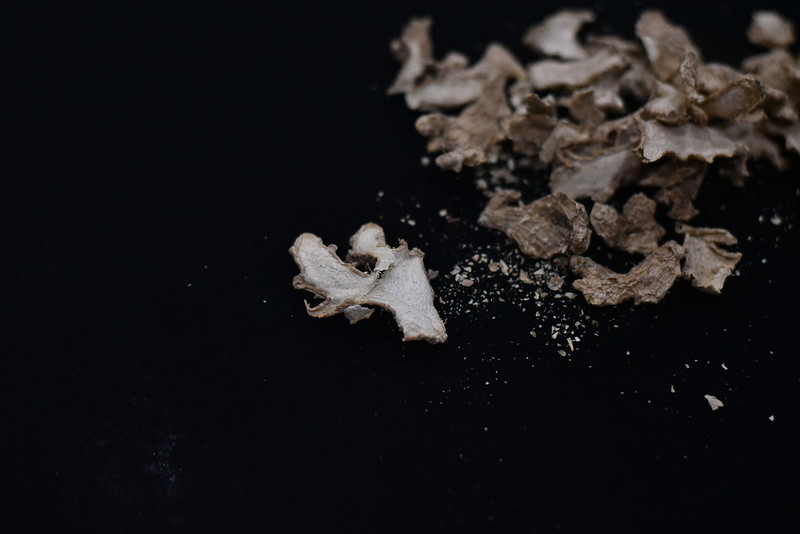
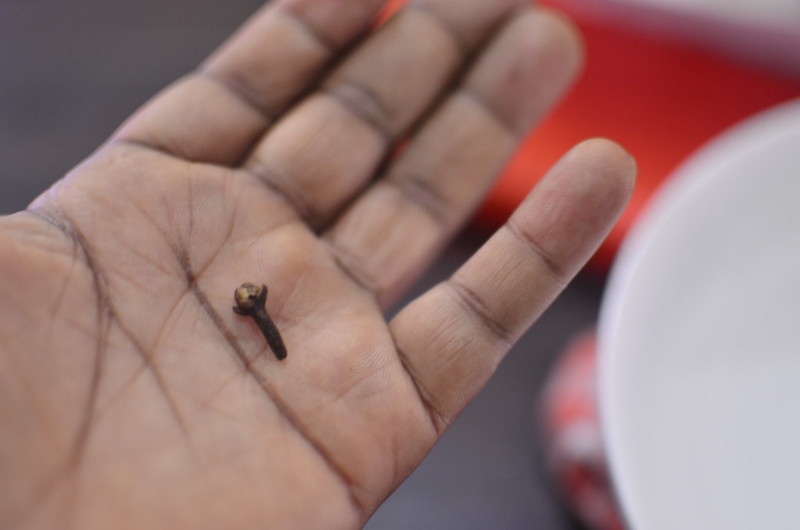
Brewing period
The next morning, after the soak, I set in a pot, with the flavouring. I bring this to a boil on medium to high heat. Once it comes to the boil, I reduce the heat to low, and allow simmer for 15 minutes. I turn off the heat and let it cool.
Once cooled, with a slotted spoon, I remove the flowers, and decant the drink into containers. I refrigerate till ready to serve, when I sweeten it.
Sweetening
Once you add sugar to the mix, it begins to ferment so what I always do is separate by zobo and my sweetening (often ginger sugar) syrup. When it’s time to serve, I combine both as desired. My daughter sometimes uses maple syrup, I know others who use pineapple juice – whatever floats your boat!
You can make simple syrup by combining equal amounts of granulated (white) sugar and water.
Storage
My zobo can keep for a week or so in the fridge, and a couple of weeks in the deep freezer. Unfortunately, I can’t give up upper limits because it never lasts that long for us. Never, ever. As soon as we make it, we ‘race’ (well almost, it seems like 🙂 ) to drink it down!
So, those are my top tips for making great zobo. What are yours? And yes, a few recipes for you:
- A drink, actually a few drinks 🙂
- Jelly
- Sauce
- And more

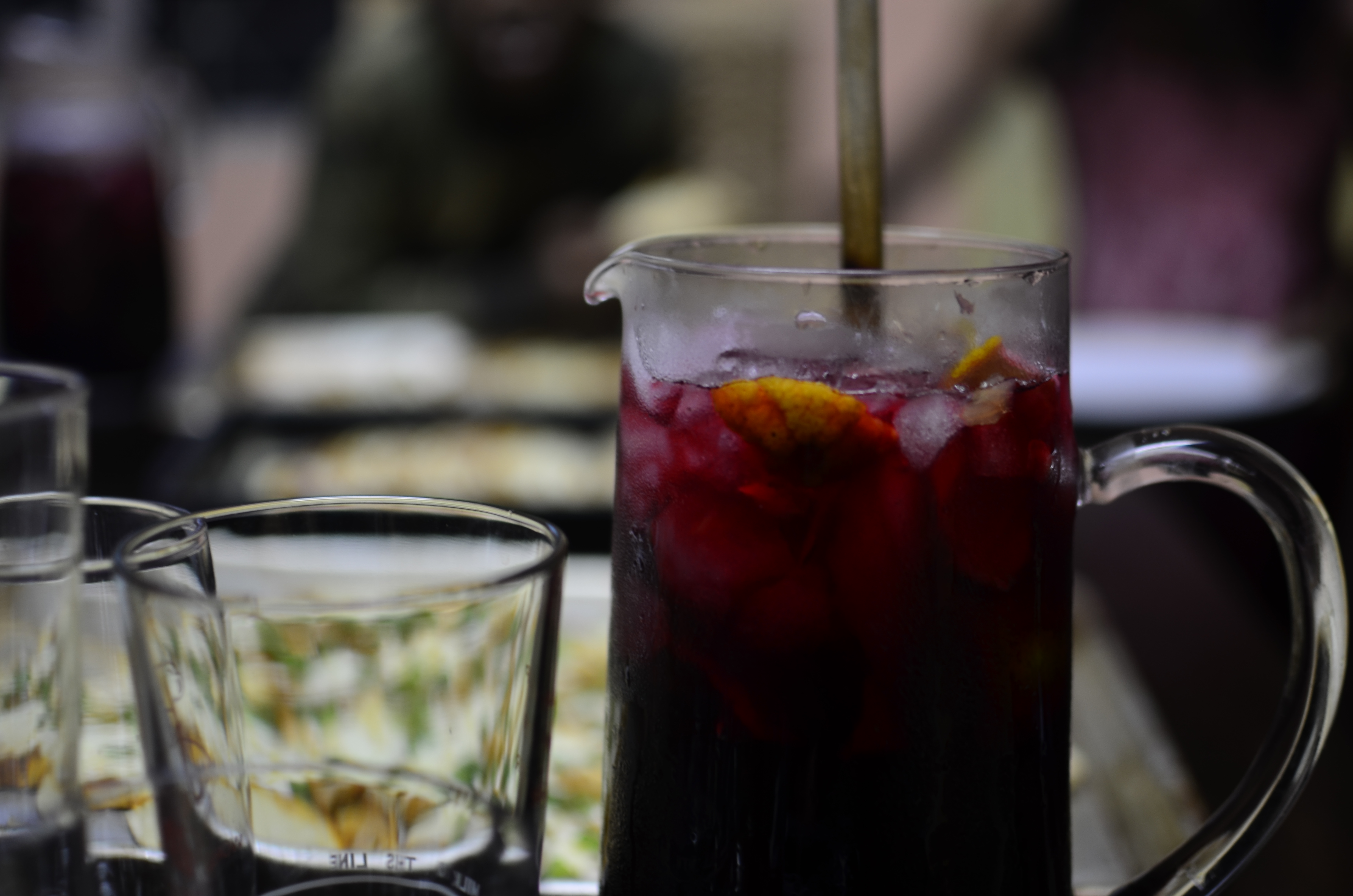
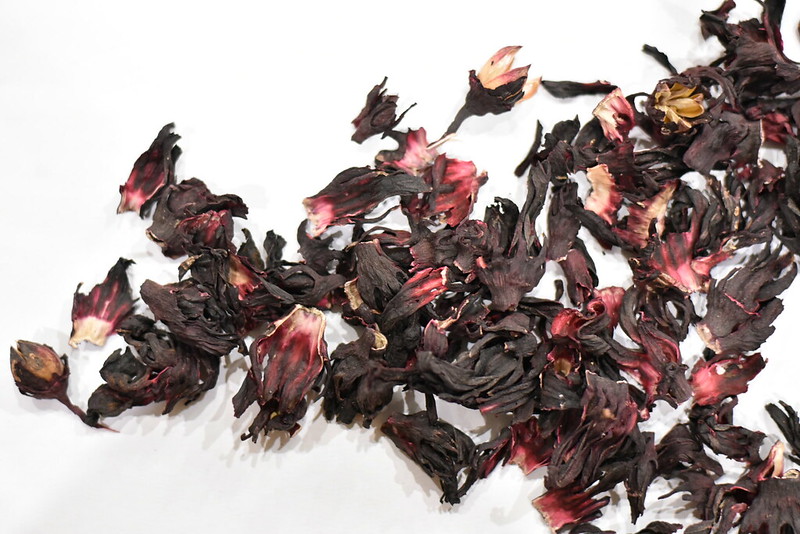
Leave a Reply